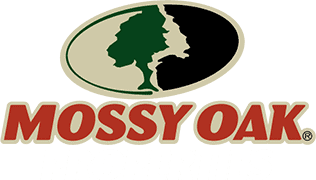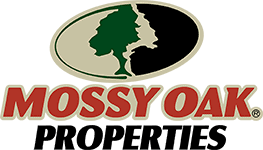Financing is often the only way people can purchase expensive things. Instead of having to pay $30,000 on the spot for a car, a person will finance the purchase, allowing them to make payments over a long period of time. And finally, after all the payments have been made, the vehicle is theirs.
Those buying land are offered the same advantages. Where they would otherwise be unable to afford a tract of land, financing makes it possible. So how does it work?
There are plenty of options
There are a number of options when it comes to financing land. The person selling the land could be the one offering financing. However, this typically means a buyer will be required to offer a large down payment – ranging from 20 to 50 percent. The financing terms will include how long a loan will last, the interest rate, payment schedule and balloon payments. This option does allow some flexibility, as a buyer can work out particular terms with a seller.
Another way to finance land is through a large bank or mortgage institution. This will require a land buyer to apply for a loan. In order to improve their odds for qualifying for a loan, a buyer should ideally have a good credit score, or else they might face a higher interest rate. In addition, they will want to lay out their plans for the land. For example, if they are buying farmland, they’ll want to draw up their vision for the land and how they’ll make monthly payments. A sounder plan could make all the difference to obtaining a lower rate, not to mention qualifying for the loan.
Aside from big banks, local banks and credit unions will also offer financing, which is typically a more attractive option for buyers, as these loans are easier to qualify for. Since these financiers are local, they’ll be more familiar with the area, the plot of land and the overall community. That means a buyer will want a sound strategy for their plans for the land in order to appeal to these lenders.
“Financial institutions such as ours can offer competitive rates and terms to the borrower,” said Austin Outlaw, a loan officer at First South Farm Credit. “We are fit to meet the needs of timber owners, farmers, and anyone else seeking financing for ag-real estate, equipment, cattle, or farm improvements. Repayment can be scheduled to meet the needs of the borrower. For instance, farmers usually have seasonal income and would be set for annual installments rather than someone w/ a salary position who would be set up for monthly installments.”
Outlaw added that interest rates for a tract of land are low by historical standards, making the time ripe for a purchase.
Another option for buying land is using a current residence as collateral to obtain a loan. This is known as a home equity line of credit for a land purchase. Using the equity on a home can allow a borrower to get a better deal on a land purchase.
The details of a land loan
No matter what way someone is financing a land purchase, there will be a number of terms to consider. For one, borrowers will face less availability and options for land loans than, say, home loans. This could make finding the ideal terms and tract of land tough, so hiring a land broker is likely the best option before shopping around.
Aside from a down payment, buyers will have to meet minimum monthly payments throughout the life of their loan at a set interest rate. These rates can vary greatly depending on the loan.
Without financing, many land owners would have never been able to make a purchase. Those wanting to make a purchase are encouraged to get started with the process from reputable land professionals.


